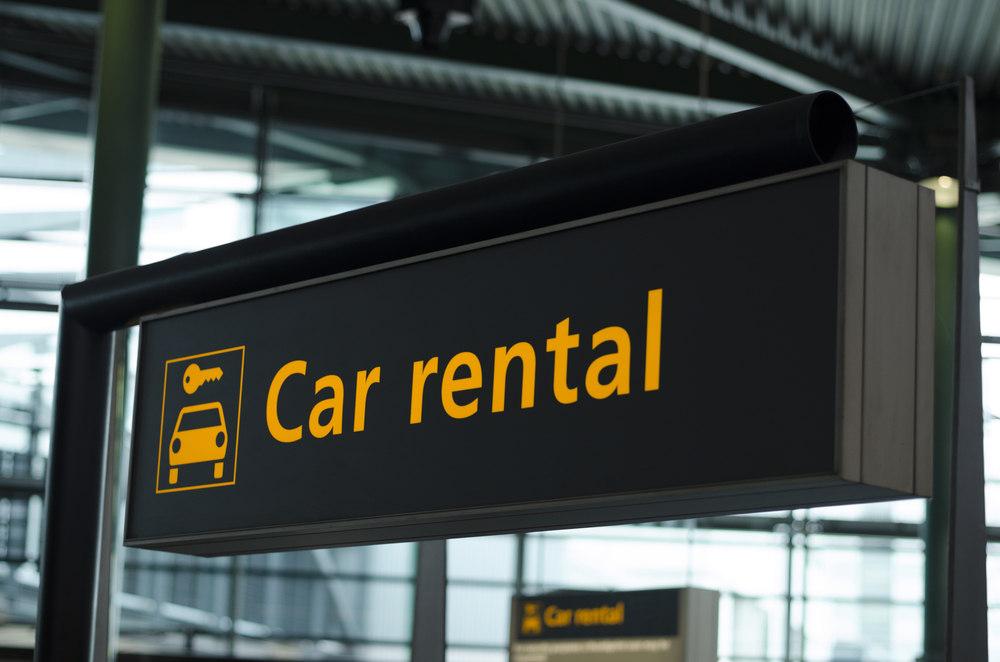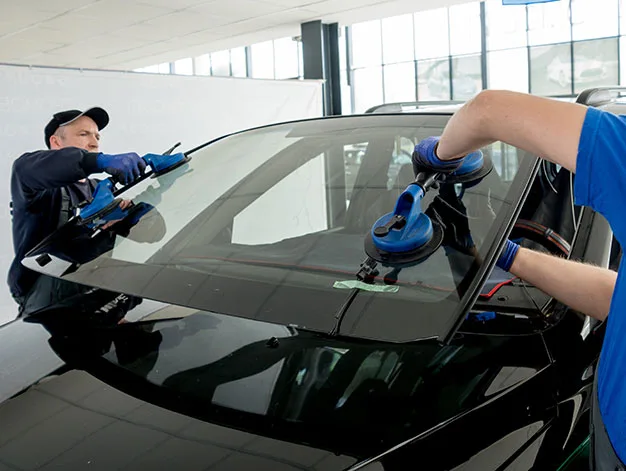The Future of Auto Glass in Shared and Rental Vehicles
Rental cars of the future will be safer and more high-tech, thanks to glass! Expect:
- Stronger windshields: Shatter-resistant for crash protection
- Privacy at the touch of a button: Smart glass dims windows
- 'Greener' rides: Glass keeps the car cool to save energy
- Interactive windows: May feature ads or even games
The auto glass in shared and rental vehicles is evolving. It's getting safety features and smart technology for a better user experience. And it's becoming more sustainable. Innovations include shatterproof laminated glass. There is also electrochromic smart glass for privacy and comfort. They also include AR for interactive experiences. And they have energy-efficient solar control glass. These advancements aim to improve safety, comfort, and efficiency. They mark a future of smarter, safer transportation.

Innovative Auto Glass Technologies for Enhanced Safety
The foremost priority in auto glass technology is safety. Advanced laminated glass now features stronger interlayers, making windshields nearly shatterproof. This innovation significantly reduces the risk of injuries in accidents. Also, sensors in the glass can detect impacts and cracks. They alert maintenance teams in shared and rental fleets to safety issues. They do so before the issues get worse.
Smart Glass: Revolutionizing Passenger Experience
Smart glass represents a leap forward in enhancing the passenger experience. Imagine windows that darken to reduce glare or clear up at a touch. This technology improves passenger comfort. It offers privacy on demand. This is a key feature in shared vehicles. Additionally, smart glass can have AR capabilities. They turn windows into screens. They display navigation data, points of interest, or entertainment.
Energy Efficiency and Environmental Sustainability
The shift is towards electric vehicles (EVs). Auto glass plays a crucial role in energy conservation. Solar control glass is designed to reflect UV rays and regulate cabin temperatures. It reduces the need for air conditioning, saving battery power. This feature is especially useful in rental and shared EVs. Efficient energy use is key for their sustainability.
Auto Glass as a Communication Medium
The potential of auto glass as a communication medium in shared and rental vehicles is vast. Windshields and windows can display external advertisements, generating additional revenue for fleet operators. For shared vehicles, this can be very profitable. It's especially so during peak hours in busy areas.
Enhancing Connectivity and Integration
In the age of connectivity, car glass is not just a passive component. It is becoming an active interface. It connects to a vehicle's broader communication system. This integration allows for real-time data sharing. It is essential for managing fleets. It is also key for tracking and maintaining vehicles in rental and shared services.
Safety Standards and Regulations
Auto-glass technologies are advancing. So, safety standards and rules about them also advance. Makers and service providers must watch these changing guidelines. They need to ensure users follow them and stay safe. This includes sticking to impact resistance standards. It also means ensuring that smart glass does not distract drivers or hurt visibility.
Future Challenges and Opportunities
The future of auto glass in shared and rental vehicles has both challenges and chances. One primary challenge is the cost of integrating these advanced technologies. However, demand is increasing, and production is scaling. So, these costs will become more manageable. Another challenge is keeping data private and secure. This is especially true with smart glass. They collect and display information.
Conclusion
Auto-glass technology is advancing. It is now in shared and rental vehicles. This advance will redefine the driving experience. The innovations improve safety and comfort. They also boost energy efficiency and connectivity. They are paving the way for a smarter future. It will be safer and more sustainable for transportation.
